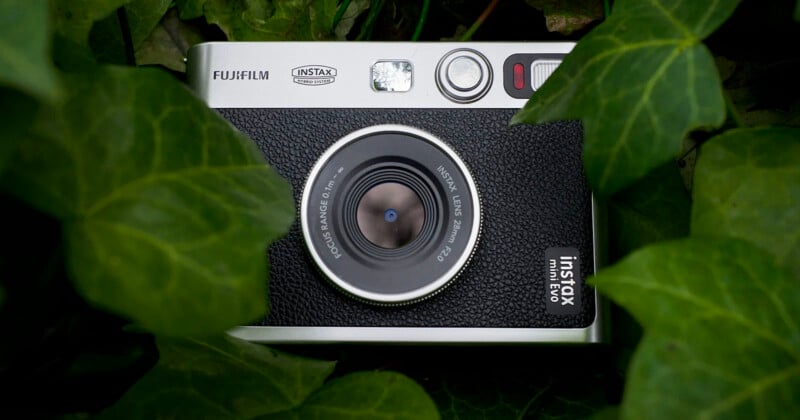Instax is More Than 50% of Fujifilm’s Imaging Business and is Still Growing

Instax already constitutes a majority of Fujifilm’s imaging business revenue but the company plans to push emphasis on its instant film it even more. It wants to see sales increase to $1.04 billion, or 15% year-over-year growth, by fiscal year’s end.
In July, an analysis of Fujifilm’s 2022 financials revealed that Instax-related products accounted for a majority of Fujifilm’s consumer imaging segment which had sales of 266.9 billion yen in 2022, an increase of 22% over the previous year. This segment accounts for 65% of the sales in the entire Consumer Imaging division, which includes all of Fujifilm’s cameras including Instax.
As previously reported, that business group contributes 14% of Fujifilm’s total sales and 24% of Fujifilm’s total profits. In short, it’s a massive portion of Fujifilm’s business even with the company’s recent further expansion onto healthcare.
Fujifilm wants to take it a step further, Nikkei reports, and aims to increase sales from its Instax business alone by 150 billion yen, or about $1.04 billion, by the end of the current fiscal year (March 2024). If Fujifilm does hit this goal, it would mean 15% year-over-year growth and provides an important point of reference for just how much exactly Instax makes up of the Consumer Imaging division.
That means last year Instax pulled in somewhere in the neighborhood of 127.5 billion yen — more than half of the group’s total revenue. Growth goals for this year seem to indicate Fujifilm wants Instax to represent well more than that.
If successful, Fujifilm’s Instax division will be more than three times bigger than it was less than 10 years ago in 2015. It’s also important to note that the operating profit margin of Instax products is very high — it is estimated to be around 20%, the highest of any of Fujifilm’s divisions.
According to the report, Fujifilm sees the more than a billion photos that are taken each year and believes that a substantial portion of those represent a potential for printing. Obviously, most of those photos are captured on smartphones not analog instant cameras, but Fujifilm has a solution to that — standalone Instax printers that connect to smartphones and compact digital cameras.
In order to take bigger bites out of that enormous market, Fujifilm is already dramatically expanding its teams.
It invested two billion yen in new equipment at its main Instax factory last year and already set aside an additional 4.5 billion yen to expand its facility next year. It also heavily invested in people, significantly increasing its hiring over the last decade and increasing its staff size by a factor of five. Those hiring waves consisted mainly of young people in their 20s.
Fujifilm’s Instax goals are extremely aggressive — even more so than anticipated even just a few months ago — but that strategy appears to be working.